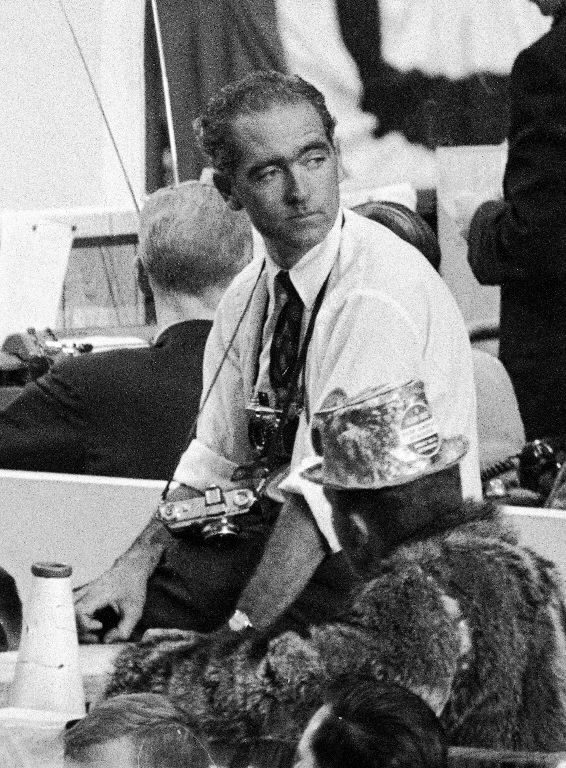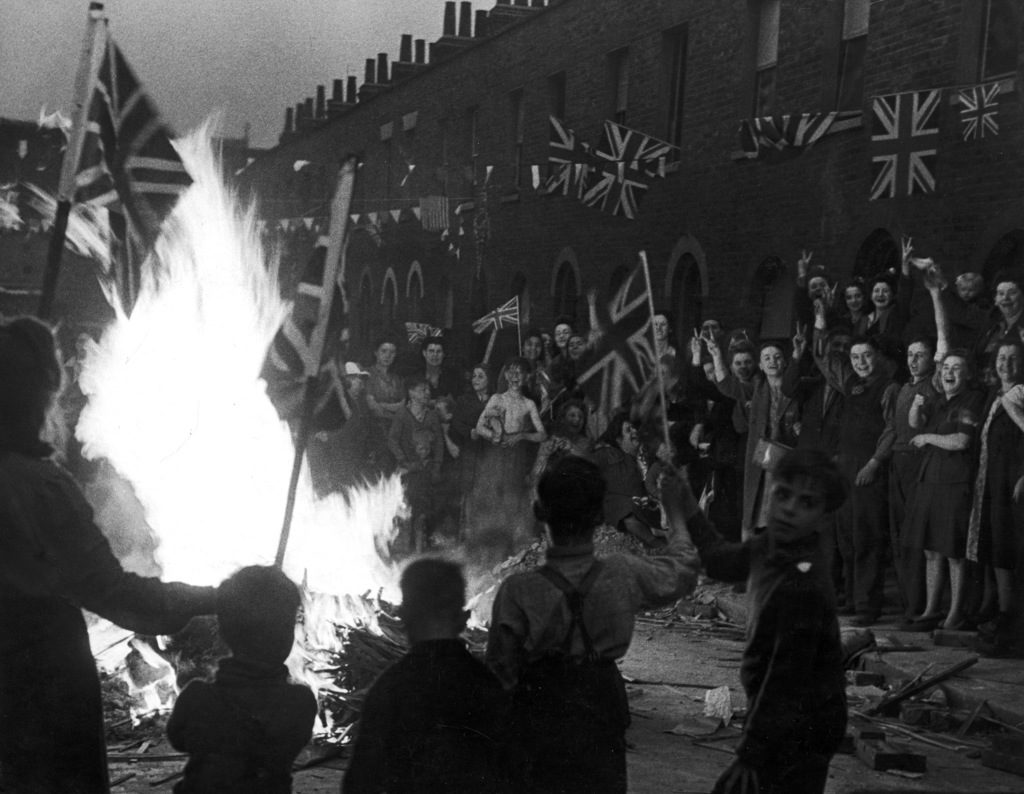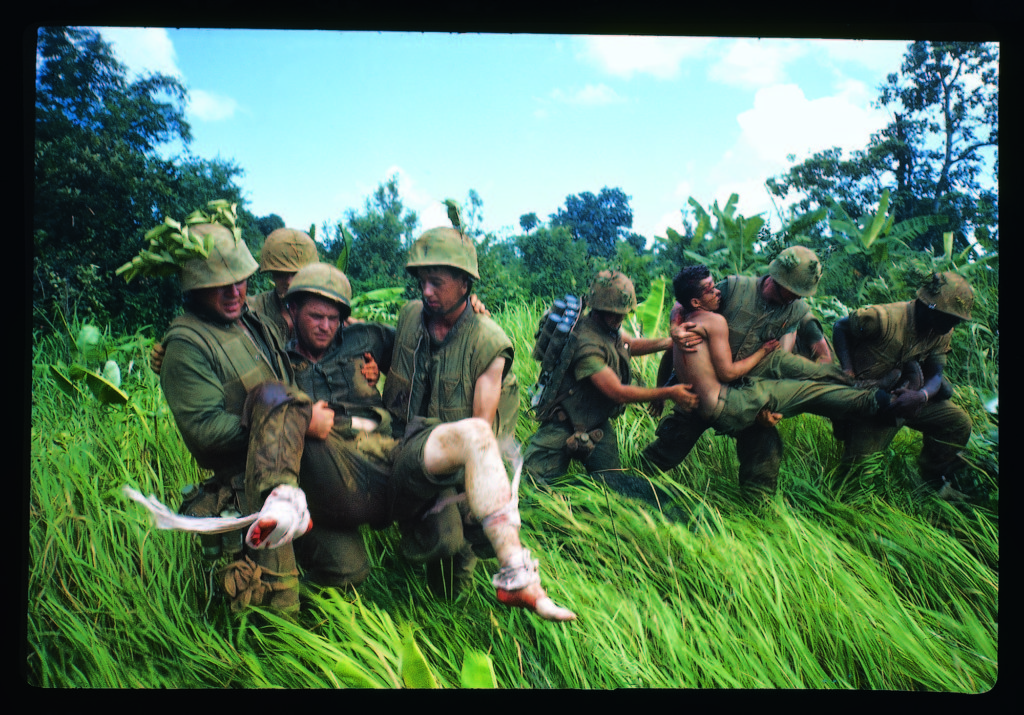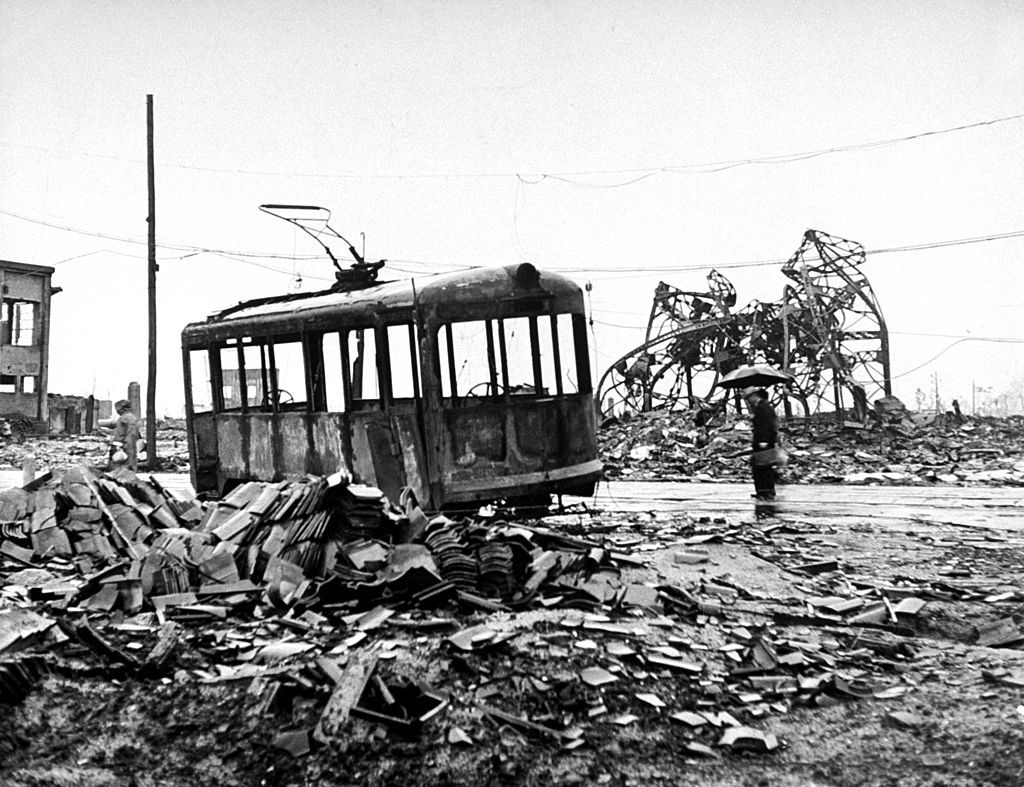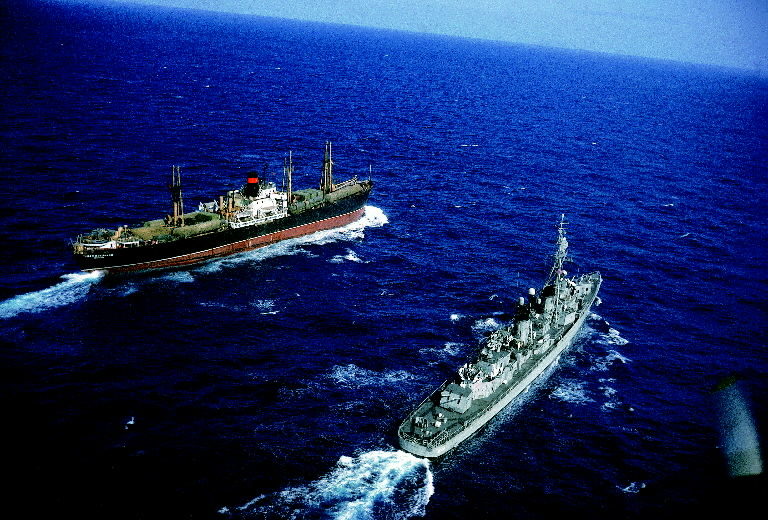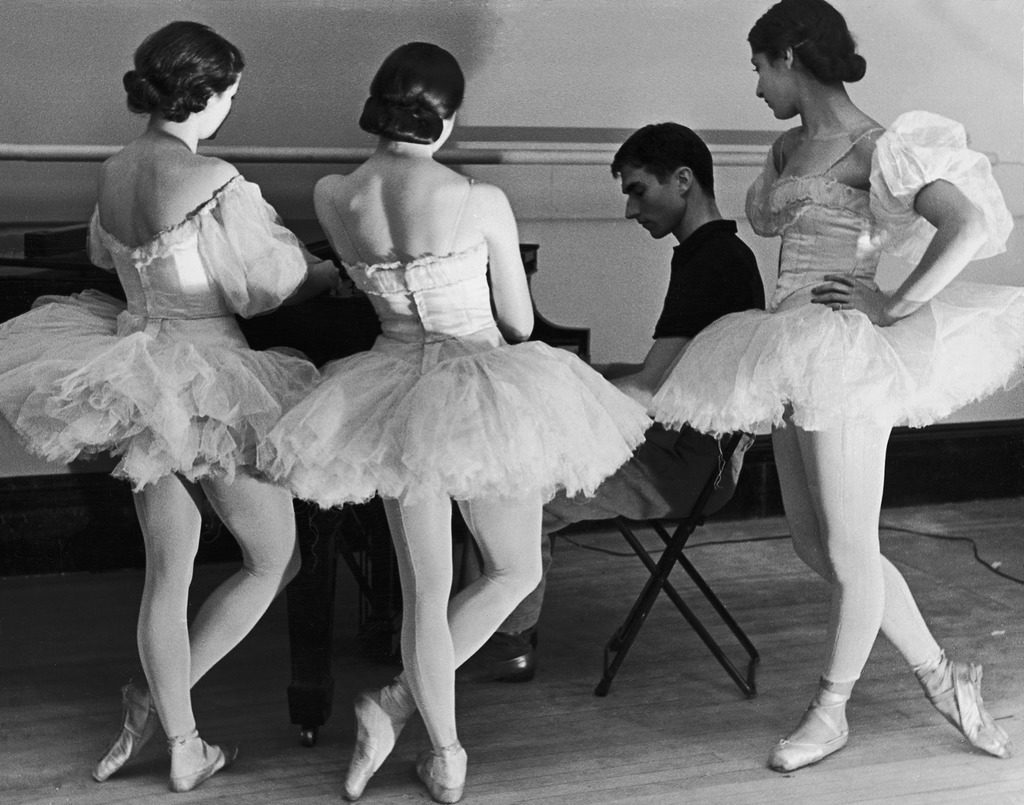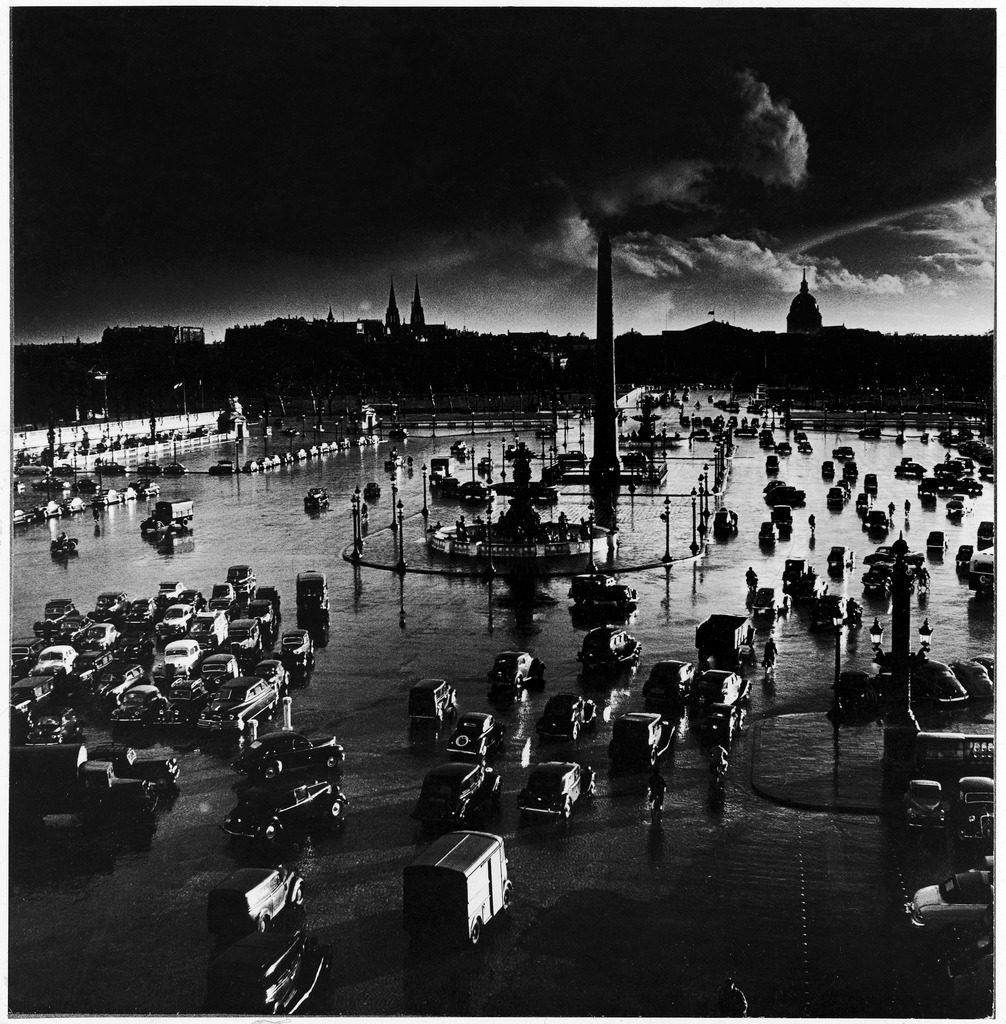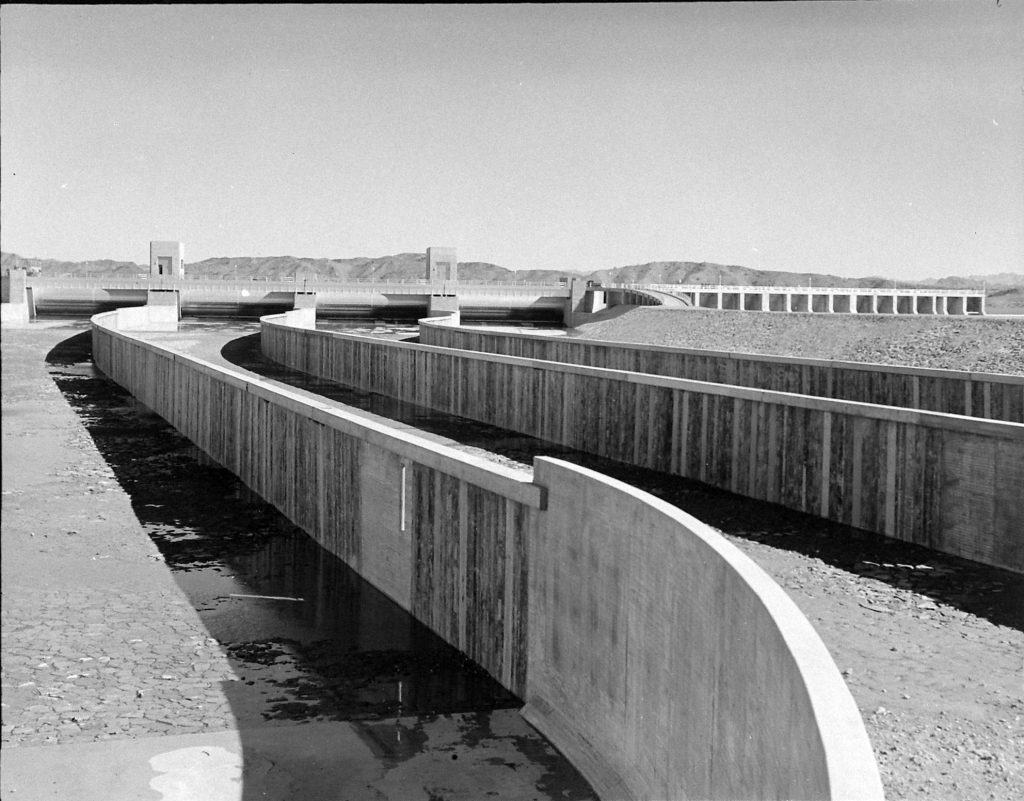
Portrait of photographer Leonard McCombe. (Photo by Leonard McCombe/The LIFE Images Collection)
Born off the coast of England on the Isle of Man, McCombe, as with many other photographers, originally meant to be a painter, but a sarcastic instructor suggested he go get a camera. Good advice: McCombe was a pro by age 16, and at 21 became the youngest Fellow in the history of the Royal Photographic Society. His gripping war pictures caught the attention of LIFE, and in 1945, at age 22, he began working for the magazine. McCombe became known for his “candid” work and an uncanny knack for seizing the moment in which people are at their most revelatory. Said the photographer: “I want my work to be thought-provoking rather than entertaining.” He clearly succeeded at prompting us to think, but it was always with a measure of grace that made his work a pleasure to behold.

A crowd of joyous Britons wave flags around a bonfire built of material from bomb-wrecked homes as they celebrate the end of WWII in Europe following the surrender of Germany, London, England, May 8, 1945. (Photo by Leonard McCombe/The LIFE Images Collection)
McCombe’s World War II work attracted serious attention from LIFE’S editors, who made several attempts to secure his services. One day after the war, a LIFE envoy invited him to have a “malted” in an American PX. “I hadn’t the faintest idea what a malted was,” McCombe recalled, “but I had never tasted anything so delicious. So I decided that, with the salary LIFE was offering me, and malteds in every drugstore, America was the place for me.”
—Adapted from The Great LIFE Photographers

MIT student using a MAC computer for project study of artificial intelligence. (Photo by Leonard Mccombe/The LIFE Picture Collection © Meredith Corporation)
